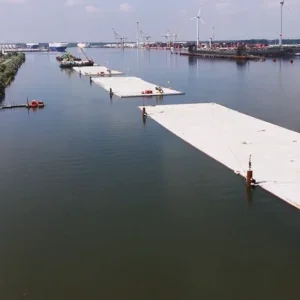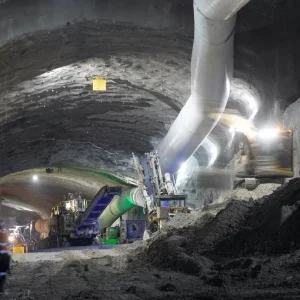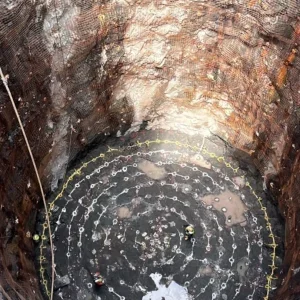The US$464M Melamchi Water Supply project in the Nepalese capital of Kathmandu is up and running again, following a recession of terrorist activity and the introduction of legislation that allows private control of the scheme.
The project calls for the drill and blast construction of a 27km long, 13m2-18m2 cross section water tunnel to transport water from the Himalayas to Kathmandu, to serve the city’s 1.5M population.
Tenders were originally scheduled to go out at the beginning of summer 2002 (February 2002, p4), but Maoist rebels threatened the early stages of construction (June 2002, p11).
However, Mr Ove Rusten, project manager for consultants Norplan, told T&TI that following a ceasefire the situation now “looks promising”. Consequently, the construction contract for the main access roads to the adits has already started.
“The prequalifications for the two tunnel contracts will be completed in May, with the tender process beginning in September 2003,” he said. “Construction will begin at the end of 2004 at the earliest.”
Thomas S. Worthley, from Boston-based environmental consultant engineering firm, Metcalf and Eddy, explained the other reason why the construction date was pushed back. He said that the model of private companies running public utilities is not popular in Nepal, but this scheme had to be without government influence for the three main sponsors to show interest – the original operators (Nepal Water Supply Corporation) did not meet their levels of efficiency. Therefore legislation was passed to allow private control.
“Before construction can start, a management contractor has to be found to run the contract. Once the contract has been signed, then construction can begin, which puts the earliest start date at September 2004,” Worthley said. “We can still expect delays: this is the first time the ADB (Asian Development Bank) has worked with a management contractor in this sense.”
In the meantime, more exploratory work has been done, and geologists have found that the ground is not as good as first thought. Six additional boreholes were drilled along the alignment, which showed the ground contains more schist than originally accounted for, requiring more rock bolts and ribs.
The project is spilt into two contracts. Contract 1 includes a 20km tunnel and is funded by the Norwegian Agency for Development Corporation, the Swedish International Development Agency, and His Majesty’s Government of Nepal (HMGN) and is open to Swedish and Norwegian contractors. Contract 2 comprises 6km of tunnel and is sponsored by the ADB and HMGN and is open to international tender. Construction should take between five and six years.







